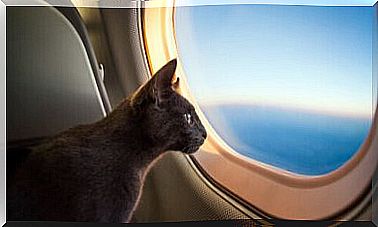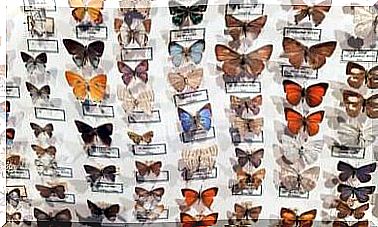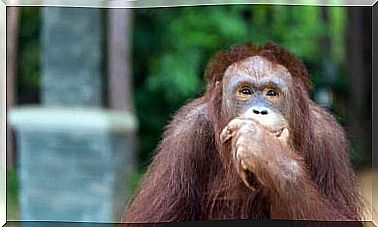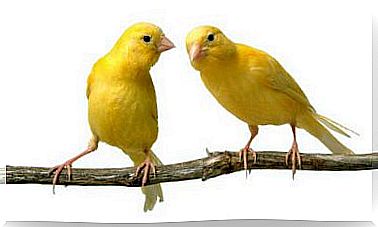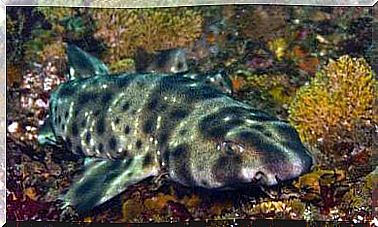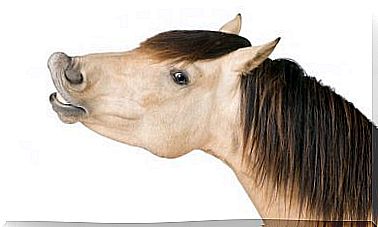The Fauna Of Argentina

L ‘ Argentina is home to different biomes and ecosystems. It is therefore clear that the animal species that inhabit its territory are very diversified and varied. In the following article we will guide you to discover the fauna of Argentina , introducing you to some of its most representative living beings.
Examples of the fauna of Argentina
The vast expanse of this country – it is the eighth largest in the world – is divided into several regions or ecosystems. We can find jungles, tropical forests, deserts, snow-capped mountains, valleys, plateaus, beaches, Andean forests and even frozen areas very close to Antarctica. Therefore, the fauna of Argentina is so varied and diverse that it is worthwhile to learn more about it.
1. Rufous baker
This small bird – about 25 centimeters in size – is endemic to South America and is present in northeastern and central Argentina, where it is also the national bird, and is included in many regional songs and legends. It can be found in urban areas, pastures and bushes, where it uses mud to build nests, circular in shape and with a front “door”.
The reddish baker – you can see a photo of his nest above – has reddish wings and a body of different shades of brown. The beak and legs are dark gray and the chest is whitish. His singing is very beautiful and both males and females use different vocalization scales, albeit in a different way.
2. Giant armadillo
The giant armadillo, better known as giant tattoo , is another of the animals that are part of the fauna of Argentina. In particular, it lives in the north, in the jungle and in tropical areas.
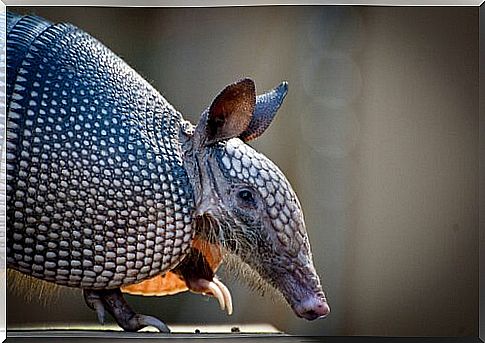
It can weigh about 60 kilos and measure 1.6 meters, and its main feature is the shell that protects it completely. The armadillo’s claws are long and very strong, the ears and snout are elongated, and the tail also has armor.
It can walk up to three kilometers each day in search of food, has nocturnal habits, and its diet consists of grubs, worms, ants, termites, spiders and worms. It is, in turn, the land mammal with the largest number of teeth: it has about 100 of them.
3. Guanaco
It belongs to the camelid family and is endemic to South America, west of Argentina, Bolivia and east of Chile. It is one of the typical animals of Patagonia and also of the Andean region of Puna, as it is located close to the famous Cordillera of the Andes.
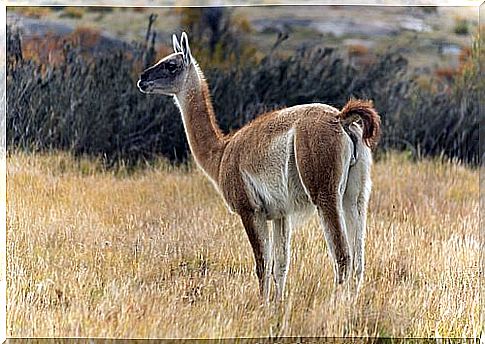
The guanaco is a wild animal measuring 1.60 meters and weighing around 90 kilos. Its body is covered with a thick double layer of hair which can be brown, orange and beige. It is perfect for hiding and camouflaging itself between rocks and mountains, where it lives in herds formed by a male and several females with their young. It feeds on tubers, moss and herbs and is known for its ability to “spit” saliva or pieces of leaves as a defensive weapon.
4. Jaguar
Although the jaguar or yaguareté can be found throughout Latin America, it is one of the most famous animals in the fauna of Argentina. It was even adopted as a symbol by the national rugby team although, due to a mistranslation by a British journalist, its players are still internationally known today as “Pumas”.
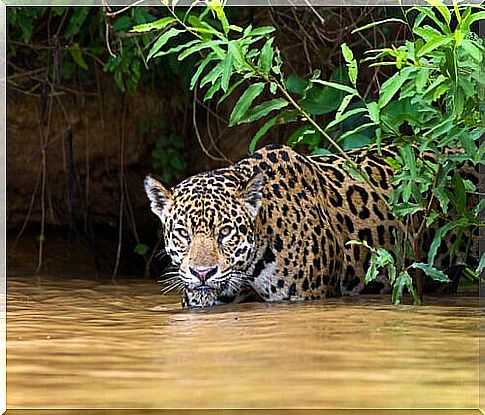
This feline has a truly striking coat: yellow with black spots that differ from individual to individual. It can weigh up to 100 pounds and measure almost 2.5 meters, including its tail, which is quite long. It has solitary habits, can roar and feeds on large prey such as deer, alligators and capybara, which it hunts after stealthily following them and attacking them by delivering a deep bite to the jugular.
5. Southern right whale
We conclude our review dedicated to the extraordinary fauna of Argentina with an inhabitant of the southern seas, known for its large size (about 15 meters in length and 40 tons in weight). The quintessential place to see the southern right whale in this country is the Valdés peninsula, where it comes every year to breed and take care of its young.
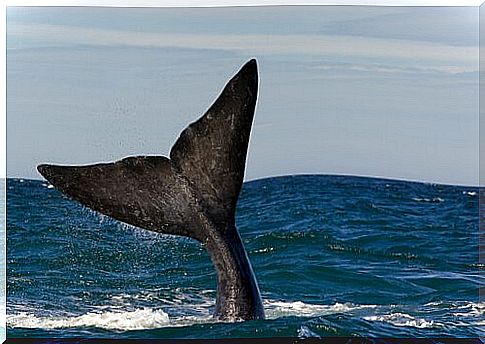
This huge cetacean has calluses on its head as a distinctive feature to differentiate itself from other individuals, as if they were its fingerprints. Inside his mouth he has more than 250 baleen which allow him to filter water and retain food, which is made up of microorganisms known as krill.
